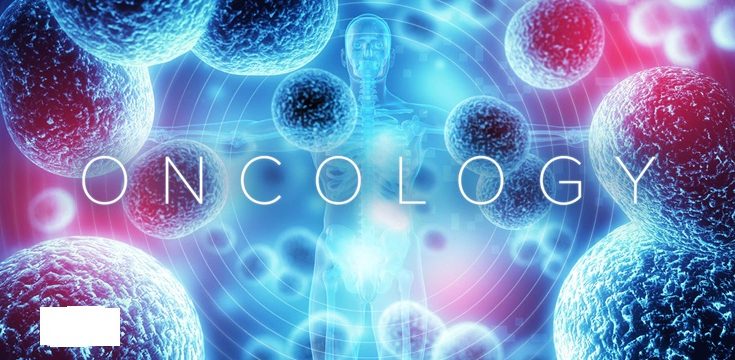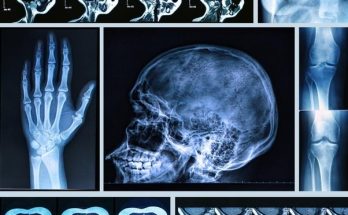Causes of Cancer: Genetic, Environmental, and Lifestyle Factors
1. Introduction
Cancer is a complex disease caused by genetic mutations and influenced by environmental and lifestyle factors. These factors disrupt normal cell growth and division, leading to uncontrolled proliferation, tumor formation, and metastasis.
Image: Cancer Development Process
(A visual representation of normal cell division vs. cancerous cell growth.)
2. Genetic Causes of Cancer
Genetic factors increase susceptibility to cancer, either through inherited mutations or spontaneous mutations during a person’s lifetime.
2.1 Inherited (Germline) Mutations
- Passed from parents to offspring through DNA.
- Account for 5-10% of all cancers.
- Examples:
- BRCA1 and BRCA2 mutations → Breast and ovarian cancer.
- TP53 mutations → Li-Fraumeni syndrome, increasing multiple cancer risks.
- APC gene mutations → Familial adenomatous polyposis (colon cancer).
Image: BRCA Gene Mutation and Cancer Risk
(A chart showing breast cancer risk in women with BRCA1/BRCA2 mutations vs. the general population.)
2.2 Acquired (Somatic) Mutations
- Occur during a person’s lifetime due to DNA damage.
- Not inherited but can be caused by radiation, chemicals, and aging.
- Example:
- TP53 mutation → Common in lung and colon cancer, affecting tumor suppression.
Image: DNA Mutation Process in Cancer
(A diagram illustrating how a normal gene mutates into a cancer-causing oncogene.)
2.3 Oncogenes vs. Tumor Suppressor Genes
- Oncogenes: Mutated genes that promote excessive cell division (e.g., RAS, MYC).
- Tumor Suppressor Genes: Control cell division but become inactive in cancer (e.g., TP53, RB1).
- DNA Repair Genes: Help fix DNA damage; when defective, cancer risk increases (e.g., BRCA genes).
Image: Role of Oncogenes and Tumor Suppressor Genes in Cancer
(A diagram comparing the function of oncogenes vs. tumor suppressor genes in normal vs. cancer cells.)
3. Environmental Causes of Cancer
Environmental factors contribute to mutations and cellular damage, increasing cancer risk.
3.1 Radiation Exposure
- Ionizing radiation (X-rays, gamma rays) damages DNA.
- UV radiation from the sun → Causes skin cancer (melanoma, basal cell carcinoma).
- Radon gas exposure → Linked to lung cancer.
Image: UV Radiation and Skin Cancer
(A diagram showing how UV rays damage DNA, leading to skin cancer.)
3.2 Chemical Carcinogens
- Tobacco smoke → Contains benzene, arsenic, and formaldehyde (causes lung, bladder, and throat cancer).
- Asbestos → Linked to mesothelioma (a lung cancer).
- Industrial chemicals → Benzene exposure increases leukemia risk.
3.3 Viral and Bacterial Infections
- Human papillomavirus (HPV) → Causes cervical, anal, and oropharyngeal cancer.
- Hepatitis B & C → Increases risk of liver cancer.
- Helicobacter pylori (H. pylori) → Causes stomach cancer.
4. Lifestyle Causes of Cancer
Unhealthy lifestyle choices can increase cancer risk by damaging DNA and promoting chronic inflammation.
4.1 Diet and Nutrition
- Processed meats and red meat → Increase colorectal cancer risk.
- High-fat, low-fiber diet → Linked to breast and colon cancer.
- Excess alcohol consumption → Increases risk of liver, breast, and esophageal cancer.
4.2 Obesity and Physical Inactivity
- Excess fat produces hormones (estrogen, insulin) → Promotes tumor growth.
- Inactivity leads to poor metabolism and inflammation (linked to colon, breast, and endometrial cancer).
4.3 Alcohol and Smoking
- Tobacco causes 30% of all cancer deaths (linked to lung, throat, bladder, and kidney cancer).
- Alcohol consumption damages DNA (linked to liver, breast, and esophageal cancer).
4.4 Chronic Stress and Sleep Deprivation
- Stress hormones (cortisol, adrenaline) promote inflammation and may contribute to cancer progression.
- Poor sleep disrupts circadian rhythms (linked to breast and prostate cancer).
5. Cancer Prevention Strategies
Reducing exposure to cancer-causing factors can lower the risk of cancer.
5.1 Genetic Screening and Counseling
- BRCA testing for breast cancer risk.
- TP53 mutation screening for Li-Fraumeni syndrome.
5.2 Environmental and Lifestyle Modifications
✅ Avoid tobacco and alcohol.
✅ Wear sunscreen and limit UV exposure.
✅ Maintain a balanced diet (high in fruits, vegetables, and fiber).
✅ Exercise regularly and maintain a healthy weight.
✅ Get vaccinated (HPV, Hepatitis B).
6. Conclusion
Cancer is caused by a combination of genetic, environmental, and lifestyle factors. While some risks (genetics) are unavoidable, modifiable factors (diet, smoking, radiation exposure) play a significant role. By adopting a healthier lifestyle, avoiding carcinogens, and undergoing regular screenings, cancer risk can be significantly reduced.



